Renowned American scientist, Harold Eugene Edgerton was a professor of electrical engineering at the Massachusetts Institute of Technology (MIT) and also the inventor of the modern electronic flash. In the 1930’s Edgerton created high speed photography with which he is credited for transforming the stroboscope laboratory tool into a common device, allowing fast-motion processes to be captured in sharp images. This invention also enables multiple exposures to appear on the same photograph for the first time ever. Edgerton also helped to develop sonar and deep-sea photography. His seminal work is influencing modern day science in the service of art as he strived to reveal what the naked eye cannot see. Today, technology has advanced much further and we take for granted the method that Edgerton pioneered. The subjects of Edgerton’s photographs – are astonishing and beautiful even today in our developed society. Below is a selection of some of Edgerton’s most famous images, including the milk drop picture showing the intricate coronet structure that took him 25 years to reach the standard of perfection he desired.
What Are You Looking For?




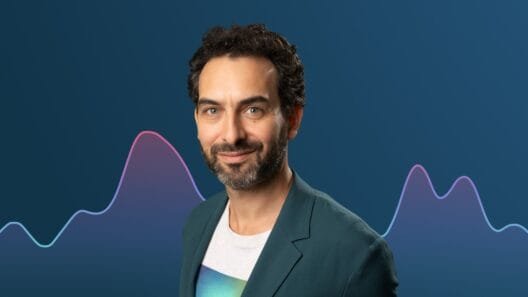

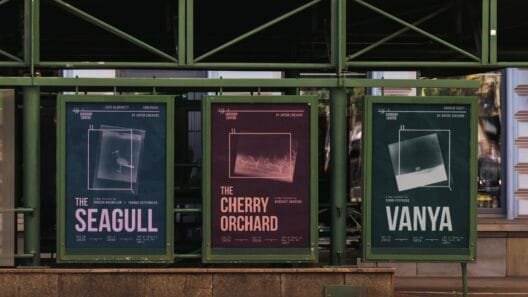

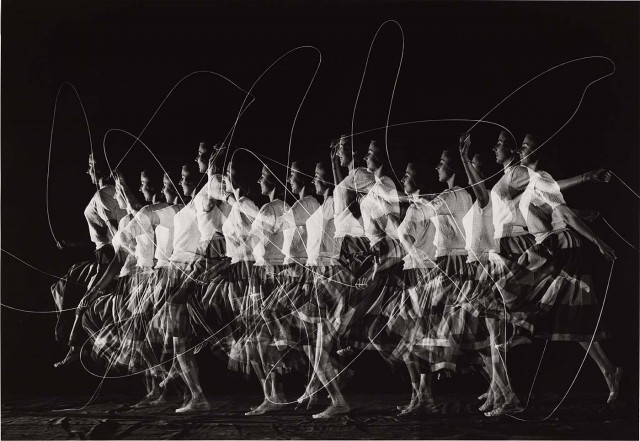
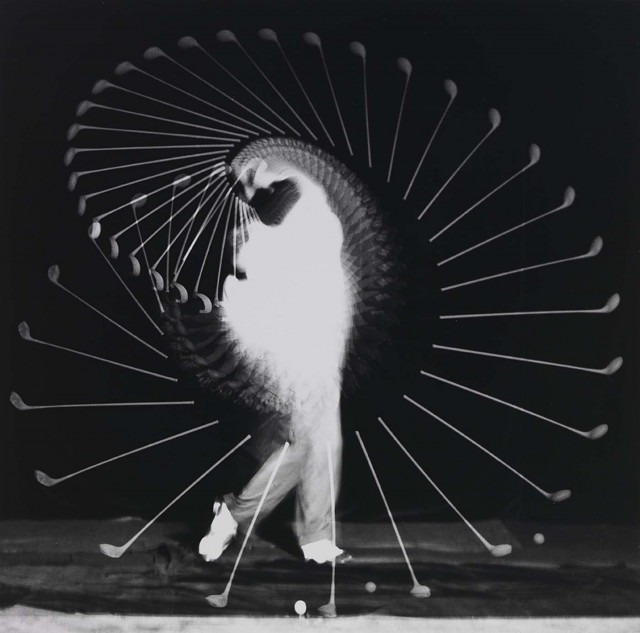
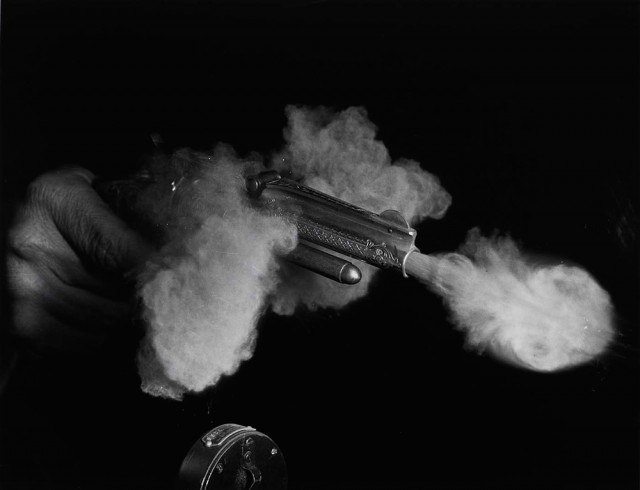

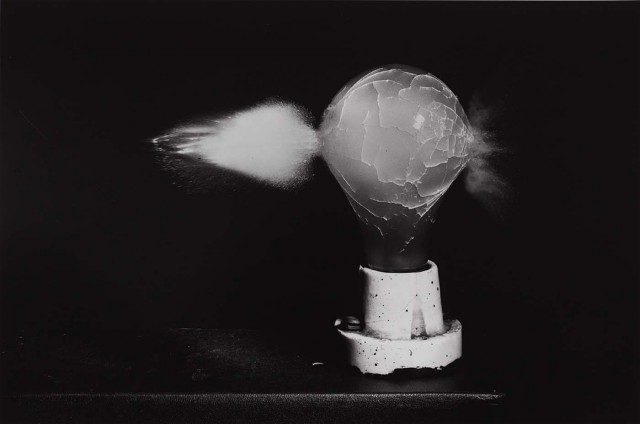
Comments are closed.